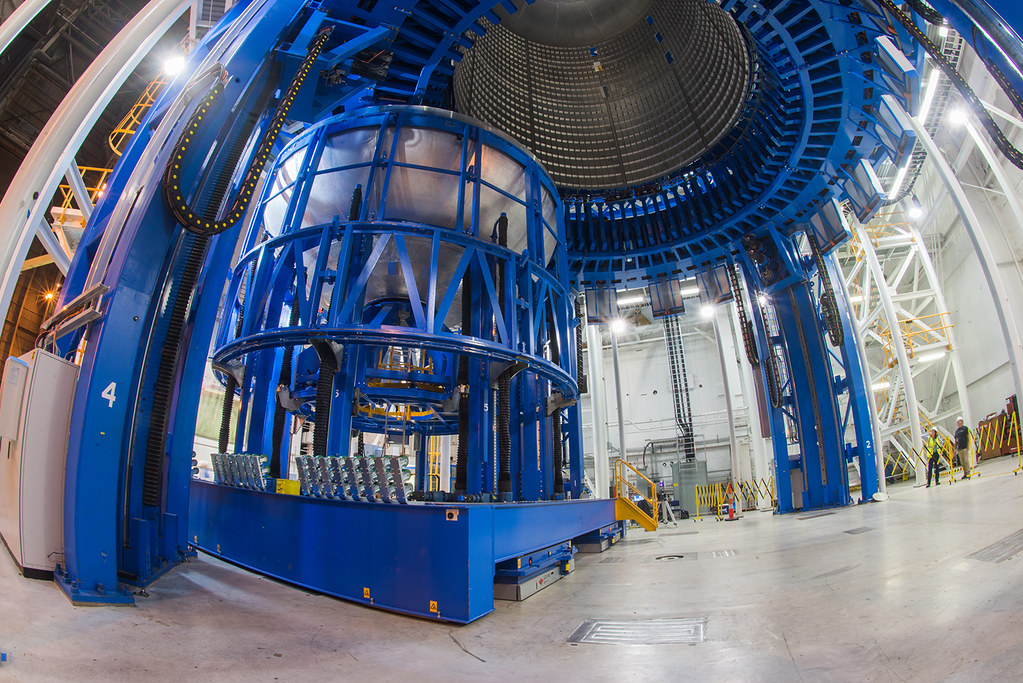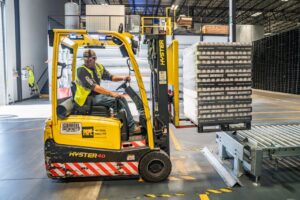
<a href="https://www.flickr.com/photos/28634332@N05/34245279540" rel="nofollow">NASA Continues Testing, Manufacturing World’s Most Powerful Rocket</a> by <a href="https://www.flickr.com/photos/28634332@N05" rel="nofollow">NASA's Marshall Space Flight Center</a> is licensed under <a href="https://creativecommons.org/licenses/by-nc/2.0/" rel="nofollow">CC-BY-NC 2.0</a>
Studies have shown that adopting new technologies can significantly improve manufacturing efficiency. For example, a study by McKinsey & Company found that by adopting Industry 4.0 technologies, manufacturers could increase productivity by up to 30%, reduce downtime by up to 20%, and cut maintenance costs by up to 10%. Ultimately, the degree of improvement depends on how well the technology is integrated into the manufacturing process and how effectively it is utilized. So if you want to improve manufacturing efficiency, here are some ways to leverage technology for the best results.
- Embrace automation
Automation is a crucial technology in the manufacturing industry. It enables manufacturers to produce goods with high accuracy and speed while reducing the risk of errors. Automation can be applied in various ways, such as robotics, conveyor systems, and sensors. For example, you can use robots for repetitive tasks like welding and painting, while conveyor systems transport materials and products throughout manufacturing. And with the help of ultrasonic sensor components, you can now monitor machines, detect errors, and adjust operations automatically. Leveraging automation enables manufacturers to reduce costs, improve quality, and increase production rates.
- Adopt predictive maintenance
Predictive maintenance technology utilizes artificial intelligence to predict when maintenance should be done on equipment before it breaks down. Manufacturers can avoid costly downtime and repairs by identifying potential issues before they become major problems. You can also use this strategy to reduce overall maintenance costs by optimizing maintenance resources, so keep this in mind.
- Invest in virtual reality and augmented reality
Virtual Reality (VR) and Augmented Reality (AR) can help improve manufacturing efficiency by providing immersive experiences that enable workers to visualize and interact with products, machines, and processes in a virtual environment. Workers can undergo training, simulate assembly and maintenance procedures, and troubleshoot issues in a safe and controlled environment, reducing errors and improving productivity. Additionally, VR and AR can enable remote collaboration between workers, allowing them to share knowledge and expertise across different locations.
- Don’t ignore IoT
The Internet of Things (IoT) is another technology worth leveraging in manufacturing. You can integrate IoT devices, such as sensors and cameras, with machines and equipment to collect data and monitor performance. The collected data can be analyzed to identify patterns and anomalies, allowing you to detect issues and make real-time adjustments. For example, you can use sensors to detect when a machine is about to fail, allowing for maintenance to be performed before a breakdown occurs. IoT can help manufacturers reduce downtime, increase productivity, and improve product quality.
- Leverage big data analytics
Big data analytics can play a crucial role in improving manufacturing efficiency by helping manufacturers gain insights into their operations and make data-driven decisions. By analyzing large volumes of data generated from different sources, such as sensors, machines, and production lines, manufacturers can identify patterns, trends, and anomalies that can provide insights into potential bottlenecks or areas for improvement. For example, predictive maintenance using machine learning algorithms can help prevent machine breakdowns, while real-time monitoring of production processes can optimize production cycles and reduce waste.


